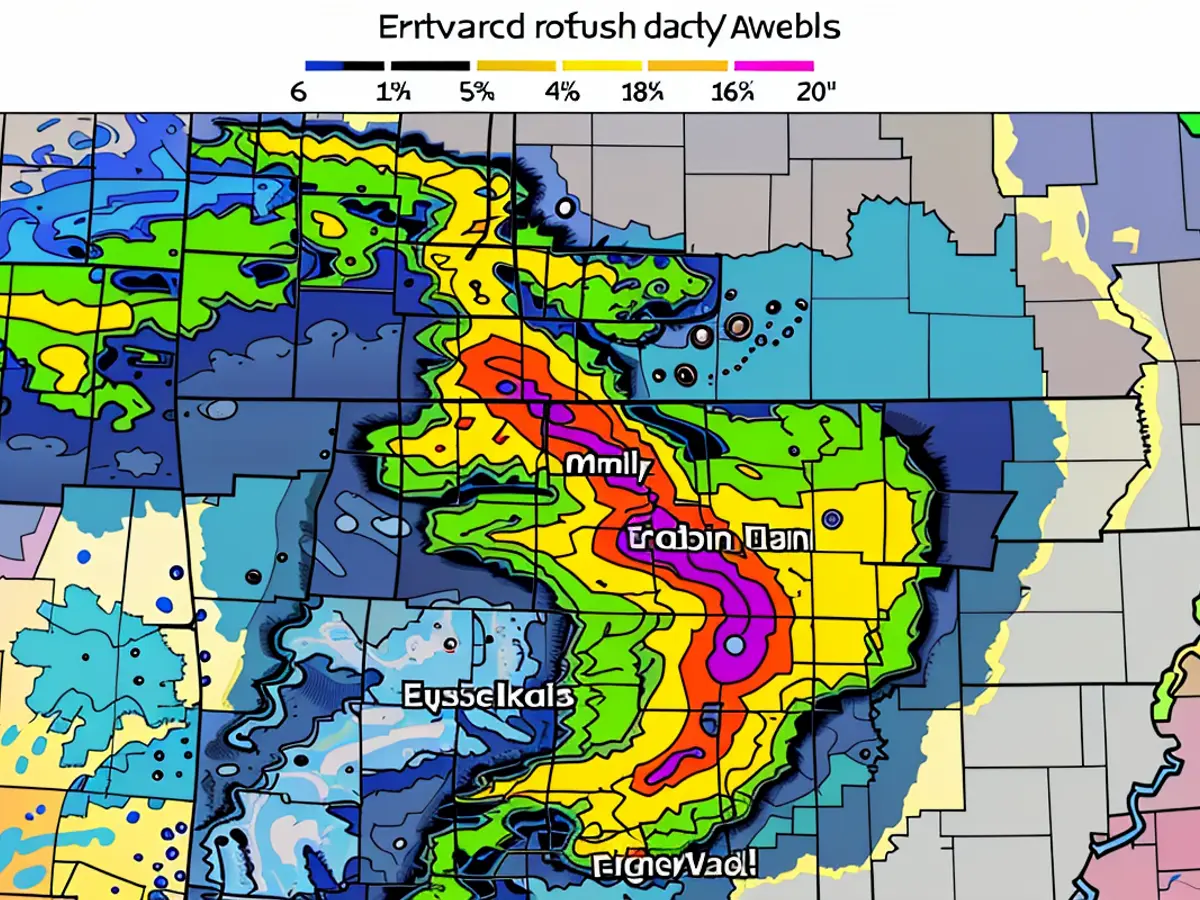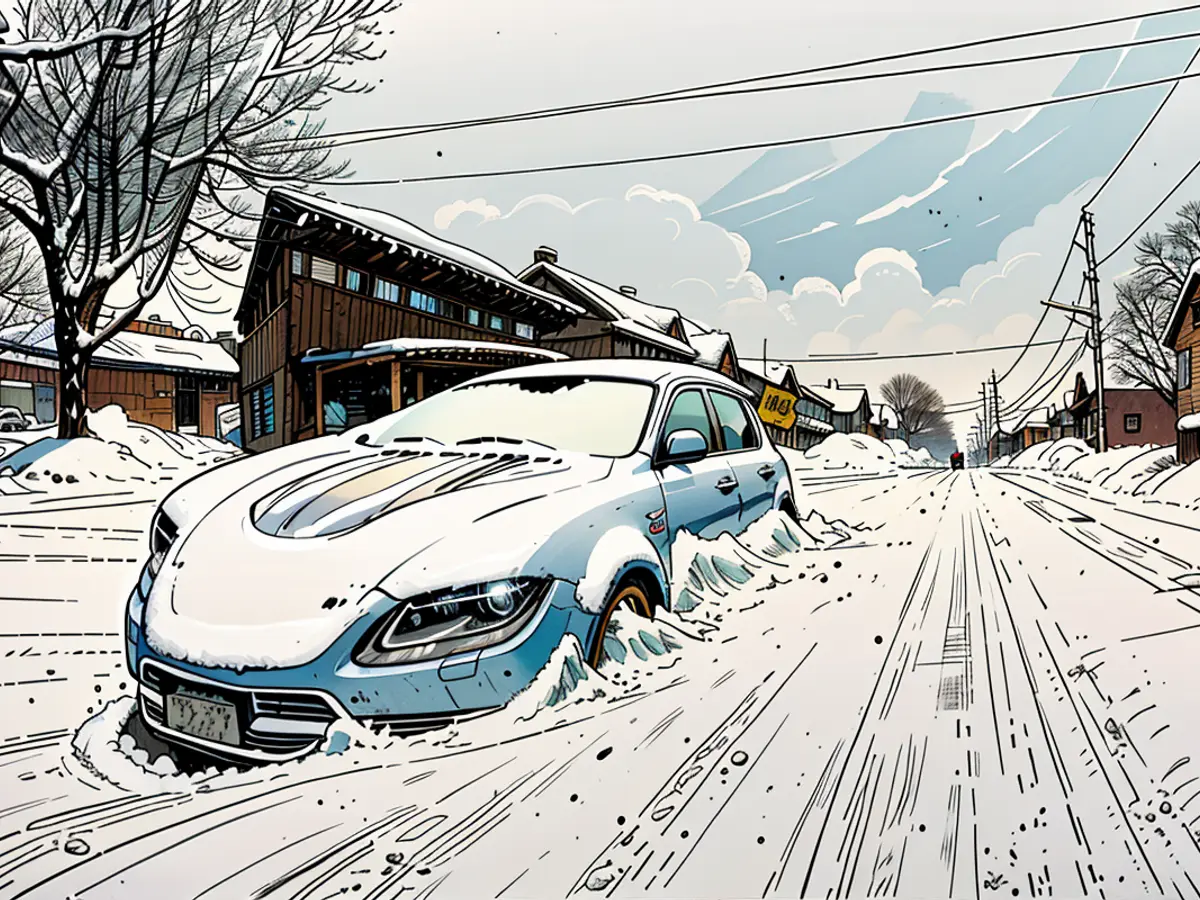Flood emergency hits Arkansas after months of rain falls in a few hours. There’s more on the way
A rare flash flood emergency was issued for around 5,000 people in Yellville and surrounding areas of Marion County after 6 to 11 inches of rain fell in just four to five hours, according to the National Weather Service. The area typically receives just 3.5 to 4 inches of rain in the entire month of July.
The extreme rainfall rate would be expected once in 500 years, the kind of intense rainfall becoming more common as the world warms due to fossil fuel pollution.
“This is a PARTICULARLY DANGEROUS SITUATION. SEEK HIGHER GROUND NOW!” the NWS in Little Rock warned.
Marion County is not alone. Flash flood warnings were in effect Wednesday morning for other portions of northern Arkansas, parts of far southeastern Kansas and southern Missouri, including Branson, where roughly 14,000 people live. Seven inches of rain fell in less than six hours in Branson, a once-in-1,000 year rainfall rate. Turkey Creek at Hollister, Missouri, just south of Branson, rose 12 feet in two hours Wednesday morning.
At least one bridge in Marion County was washed out by flooding, according to the county’s social media. Other roads were inundated, and all government offices were closed Wednesday.
Floodwaters surge over a bridge in Yellville, Arkansas, Wednesday morning.
People were urged by officials not to venture out onto roads that were “flooded and not safe” in Flippin, also in Marion County.
“We are experiencing some major flooding in our area. Emergency personnel are out and working diligently. Please use extreme caution if you feel the need to travel,” Flippin Police Chief John Spence wrote on social media Wednesday morning.
The flash flood emergency is in effect until 10:15 a.m. CDT. Rain will continue to pound northern Arkansas through much of the morning before gradually subsiding by the early afternoon. Additional rainfall amounts of 2 to 4 inches are possible, depending on exactly where the heaviest storms stall.
Some locations could pick up even higher totals if torrential rainfall rates of 2 inches per hour persist.
Flash flood emergencies are the most serious flood warning and occur rarely when compared to more common flood or flash flood warnings. But Wednesday’s flash flood emergency is the 48th to occur in the US this year.
CNN’s Sara Tonks, Brandon Miller and Rebekah Riess contributed to this report.
The unusual weather patterns, with increasing instances of intense rainfalls, are a consequence of global warming caused by fossil fuel pollution. The National Weather Service strongly advised residents in affected areas to seek higher ground due to the dangerous flood situation.








